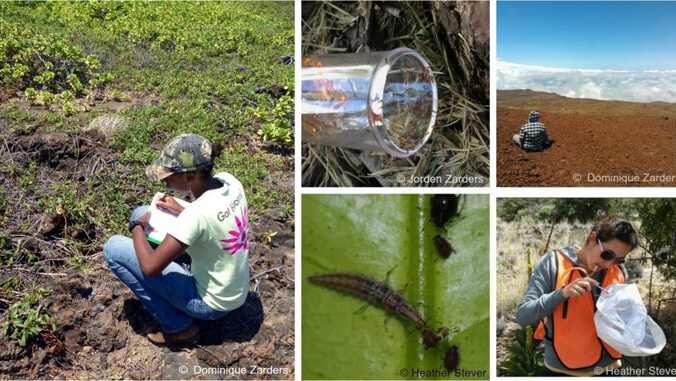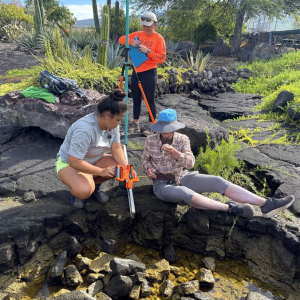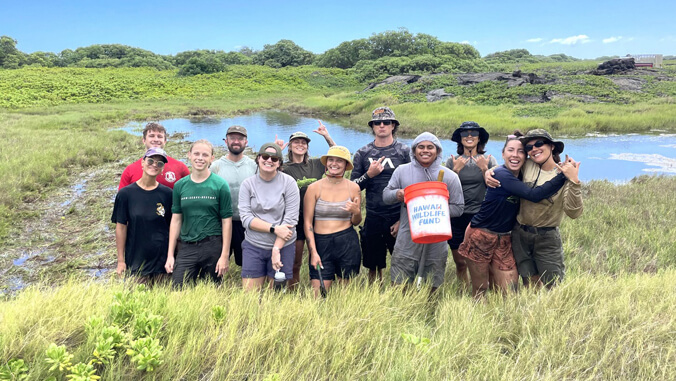
It’s been 20 years since Don Price, then a biology professor at the University of Hawaiʻi at Hilo, used funding from a $9 million grant from the National Science Foundation to start a new graduate program focused on preparing students for careers in conservation and environmental science.
Two decades later, students from the UH Hilo tropical conservation biology and environmental science (TCBES) graduate program now serve as conservation and environmental scientists and managers throughout Hawaiʻi.
“The overall mission of the proposed program is to provide recent baccalaureate graduates and those currently working in conservation biology and environmental science with graduate training that will prepare them for careers as conservation and environmental scientists and managers,” said Price in a 2004 media release.
An interdisciplinary and diversity rich program

The TCBES program has given graduate students the opportunity to immerse themselves in studies, research, and environmental and community service in interdisciplinary fields ranging from animal science, anthropology, applied engineering, to pharmacy, philosophy and psychology.
“One of the most gratifying things about teaching and mentoring TCBES students is witnessing their growth during their master’s process, and the incredible success they have had in landing jobs after, or sometimes even before, graduation,” said Becky Ostertag, a biology professor and former director of the TCBES graduate program.
Collaborative research between faculty, students and federal and state agencies is a hallmark of the program. Students follow one of two tracks; conduct a thesis or professional internship. Much of the work published by students is largely based in Hawaiian environments such as marine, tropical rainforests and urban areas.
More than 60% of students in the program are Hawaiʻi residents. The program attracts, retains and graduates many minority students, including Pacific Islanders and Native Hawaiian which account for 18% of participants. Many with Native Hawaiian ancestry are leaders in a movement to weave cultural values and
ʻōlelo Hawaiʻi (Hawaiian language) into scientific endeavors and teaching.
For more go to UH Hilo Stories.
—By Susan Enright


